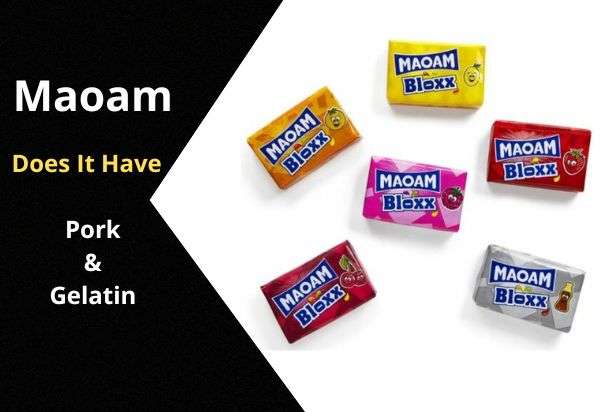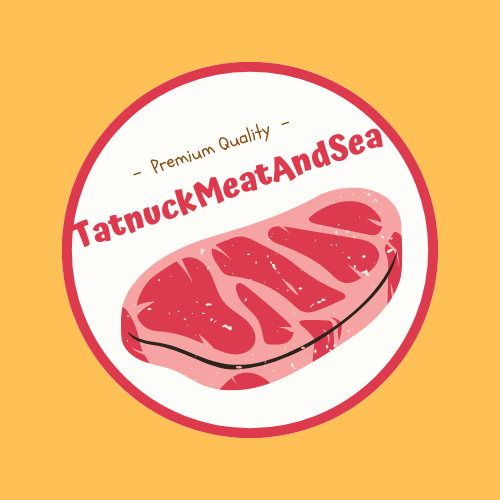The crinkly candy wrappers and fresh minty aroma of Mentos are nostalgic for many. But if you follow a diet that restricts pork or gelatin you may wonder – do Mentos contain pork gelatin?
This article will look at the different flavors of Mentos and what they are made of to see if any pork products are used. We will also talk about the role of gelatin in food and cover common alternatives for halal or vegetarian diets. Let’s unravel the mystery of what gives Mentos their chewy texture!.
Gelatin – What Is It and Why Use It?
First, what exactly is gelatin? It’s a gelling agent made by boiling animal bones, skins, ligaments and tissues to extract the collagen protein. Gelatin derived from pigs is not considered kosher or halal When added to foods, gelatin provides a chewy texture and acts as a stabilizer
Common uses of gelatin:
- Gummy candies
- Marshmallows
- Jello
- Yogurt
- Ice cream
- Fruit snacks
- Sauces
- Soups
Food manufacturers utilize gelatin because:
- It has excellent gelling abilities and dissolves in hot water
- It forms thermally reversible bonds, allowing melted products to solidify again when cooled
- It stabilizes emulsions and foams like ice cream
- It prevents sugar crystallization in candies
- It improves mouthfeel with chewiness and elasticity
So gelatin serves many important functional roles in foods beyond just texture. But the animal origins exclude it from vegetarian, vegan, kosher and halal diets. Knowing which products contain gelatin enables smarter snack selections!.
Does Plain Mentos Contain Pork Gelatin?
Fortunately, the classic Mint Mentos contains no animal-derived gelatin. The ingredients are:
- Sugar
- Wheat glucose syrup
- Hydrogenated coconut oil
- Rice starch
- Gum arabic
- Sucrose esters of fatty acids
- Gellan gum
- Natural mint flavors
The main components providing chewiness in plain Mentos are gums, starches, and vegetable-sourced oils. So plain Mentos are vegetarian-friendly!
However, those with Celiac disease or gluten intolerance should note the wheat glucose syrup. But no need to worry about hidden pork products.
Do Flavored Mentos Have Gelatin?
Like the iconic plain Mentos, all the fruity and sour flavors avoid gelatin as well. Instead, they utilize vegetarian gums and starches for structure.
Fruit Mentos ingredients:
- Sugar
- Wheat glucose syrup
- Hydrogenated coconut oil
- Citric acid
- Rice starch
- Gum arabic
- Gellan gum
- Sucrose esters of fatty acids
- Natural and artificial fruit flavors
- Colors (carmine, etc)
- Beeswax and carnauba wax glazes
Sour Mentos ingredients:
- Sugar
- Glucose syrup
- Gum arabic
- Hydrogenated coconut oil
- Malic acid
- Tartaric acid
- Citric acid
- Manioc starch
- Artificial fruit flavors
- Colors (Yellow 5, etc)
- Beeswax and shellac glazes
As you can see, no gelatin is added to achieve the chewy fruit Mentos candies we know and love. They are vegetarian-friendly, like the minty original.
Do Mentos Gum and Sugar-Free Mentos Contain Gelatin?
Mentos gum avoids gelatin, using chicle instead as the main gummy ingredient along with sugar alcohols and vegetable gums. So the gum is vegetarian.
However, sugar-free Mentos do contain non-vegetarian gelatin derived from pork and cattle. Here are the sugar-free ingredients:
- Isomalt
- Maltitol syrup
- Mannitol
- Hydrogenated coconut oil
- Polydextrose
- Sorbitol
- Gelatin
- Gum arabic
- Mono- and diglycerides
- Sucralose
- Natural and artificial mint flavors
- Colors (titanium dioxide)
- Beeswax and carnauba wax glazes
Since gelatin is clearly listed, sugar-free Mentos should be avoided by those following vegetarian, halal, or kosher diets.
Popular Non-Gelatin Thickeners for Candy
For anyone avoiding gelatin, many candies use vegetarian-friendly thickeners like:
- Starches – Corn starch, tapioca, arrowroot, potato starch
- Gums – Gum arabic, carrageenan, xanthan gum
- Pectin – Derived from fruits
- Agar agar – Made from seaweed
So check labels for these pantry staples instead of gelatin. Companies also now sell vegan marshmallows, gummies, jellos and yogurts using vegetable gums or agar. With some savvy label reading, you can find tons of meat-free gummy options.
The Takeaway – Most Mentos Are Gelatin-Free
Overall, most Mentos flavors avoid animal-based gelatin, utilizing vegetarian thickeners and glazes instead to achieve their signature chewy texture. The exception is sugar-free Mentos, which do contain non-vegetarian gelatin from pork and cattle.
So if following a diet that restricts pork or gelatin, you can comfortably enjoy plain, fruit, sour, or gum Mentos. Just stick to the classic wrappers with fresh, fruity designs, avoiding any sugar-free varieties.
And as always, diligently read ingredients lists on all candies to verify gelatin isn’t included. With a little extra attention while shopping, you can satisfy sweet cravings without compromising dietary needs or religious restrictions. Mentos prove you can have chewy candy bliss the vegetarian way!

Gelatin – Assim al hakeem
Do Mentos have gelatin?
Yeah I know for a fact that Mentos don’t have gelatin. There’s this thing on the back of food packages called “ingredients”, and the Mentos say nothing about gelatin. Just because a condy or food is chewy doesn’t mean that it contains gelatin.
Does Pop-Tarts have beef or pork gelatin in them?
I didn’t realize this, but many food products like Pop-Tarts, M&M’s, Cupcakes, Snicker bars, etc. have beef or pork gelatin in them. There are so many meatless products that have beef enzymes, pork gelatin or chicken in it, it’s disgusting. Check out this list of products and ingredients:
Are Mentos original mints gluten-free?
One of the main ingredients in Mentos Original Mints is rice starch, which provides the candy with its firm and crunchy texture. Moreover, using rice starch also makes them a potential choice for those seeking gluten-free candy options.
What are the ingredients in fruit Mentos?
The ingredients used to create Fruit Mentos are sugar, wheat glucose syrup, hydrogenated coconut oil, citric acid, rice starch, gum arabic, gellan gum, sucrose esters of fatty acids, natural and artificial flavors; carmine, paprika oleoresin, beta-carotene and beetroot red as colors; and carnauba wax and beeswax, as glazing agents.
